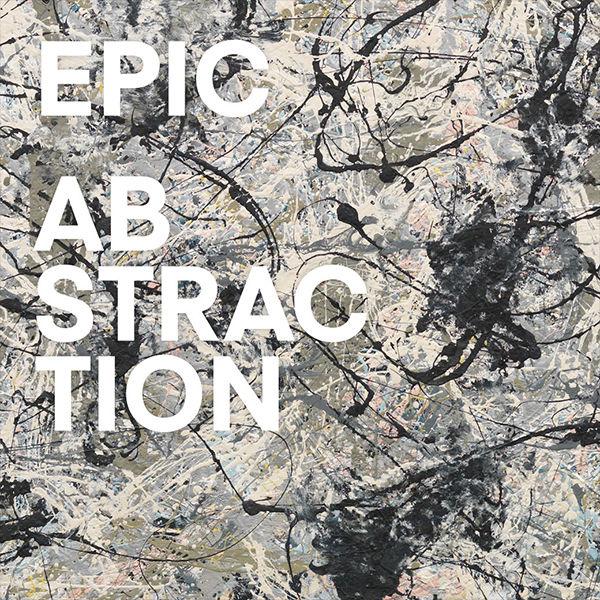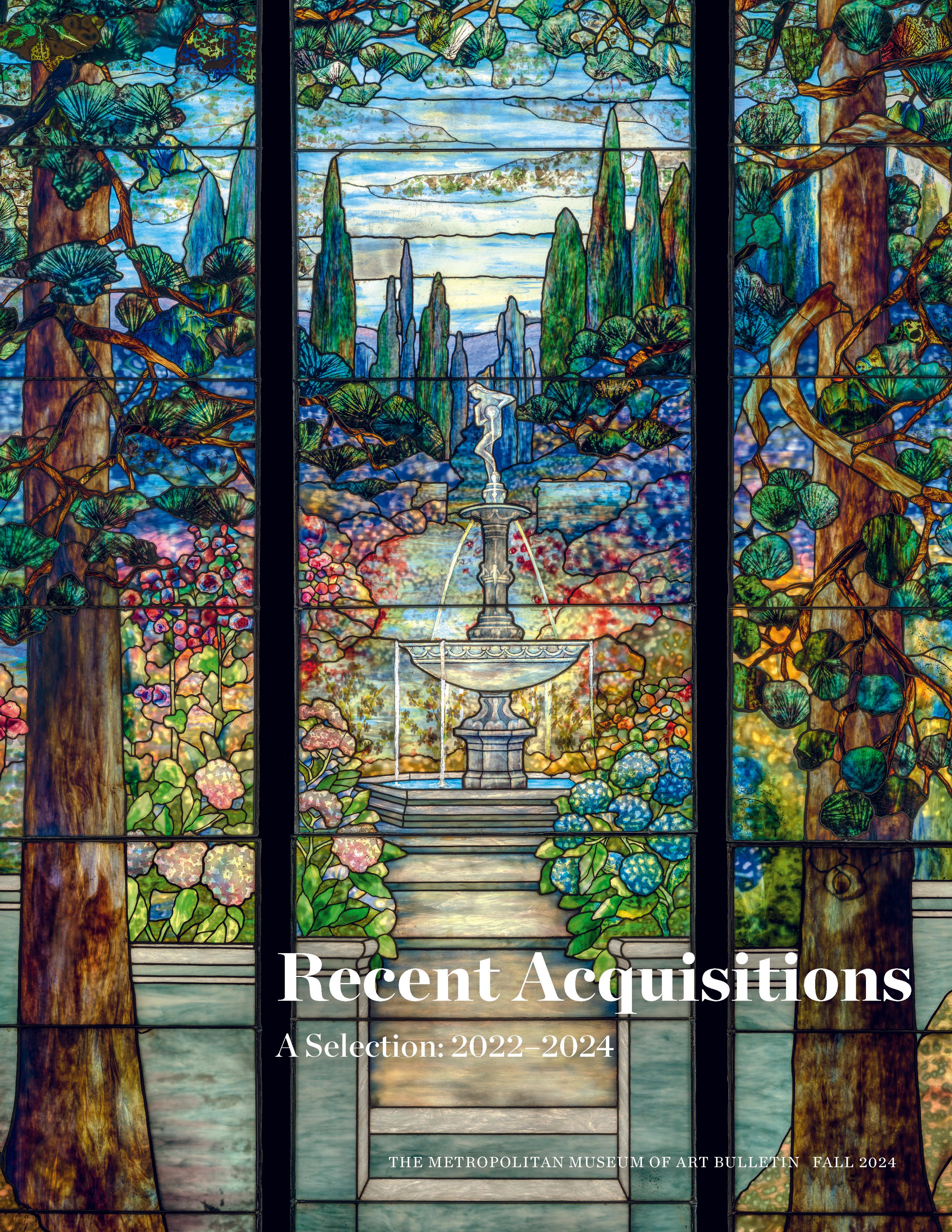Western Dream
[1] The artist quoted in Emile de Antonio and Mitch Tuchman, Painters Painting: A Candid History of the Modern Art Scene, 1940–1970, New York, 1984, p. 82.
Artwork Details
- Title:Western Dream
- Artist:Helen Frankenthaler (American, New York 1928–2011 Darien, Connecticut)
- Date:1957
- Medium:Oil on unsized, unprimed canvas
- Dimensions:70 × 86 in. (177.8 × 218.4 cm)
- Classification:Paintings
- Credit Line:Gift of the Helen Frankenthaler Foundation, 2023
- Object Number:2023.560
- Rights and Reproduction:Helen Frankenthaler Foundation
- Curatorial Department: Modern and Contemporary Art
Audio

2095. Helen Frankenthaler, Western Dream
NARRATOR: Helen Frankenthaler often traveled throughout the American West, finding inspiration in the natural landscapes. Curator Kelly Baum.
KELLY BAUM: And you see that in the sandstone colors, the salmon pinks, the peach oranges, the greens, light and dark, as well as the blues, which suggest, to me at least, a perfectly clear cloudless sky.
NARRATOR: Frankenthaler described how she arrived at the title, Western Dream, in a 1980 interview.
HELEN FRANKENTHALER: While I was making it or conceived of it, it had a feeling of desert—desert creatures, desert flora, fauna, and weather conditions, and sky, and animal, and earth—and yet none of it at all. The point was the picture, not those associations. But since I use titles, Western Dream seemed lucky.
NARRATOR: The method Frankenthaler used to create paintings like Western Dream, was her own invention. Called “staining,” it inspired a variety of future artists and even led one of her fellow painters, Morris Louis, to say that, “Helen Frankenthaler was a bridge between Jackson Pollock and all that was possible.”
KELLY BAUM: When you stain a painting, you make a painting, but you don’t necessarily paint it in the conventional sense of the term. She would have begun the canvas by laying it on the floor. The canvas was raw, unprimed. Frankenthaler then dripped and poured diluted paint—paint that was thinned with turpentine—onto the surface of the canvas. Sometimes she applied a little with a brush, with a rag. In a few areas, she appears to draw, smear, spread. That thinned, diluted paint seeps into the fabric. It literally bonds with the fabric to create a perfectly, literally, flat painting.
NARRATOR: By achieving this pristine flatness, Frankenthaler’s method fulfilled a modernist goal—to acknowledge that painting is, inherently, a two-dimensional medium.
KELLY BAUM: And it should not pretend that it's not a two-dimensional medium by creating the illusion of three-dimensional space. It should not pretend to be a room, or a butterfly, or a still life, or a human figure. It should simply be paint, on a flat surface, entirely and perfectly flat.
More Artwork
Research Resources
The Met provides unparalleled resources for research and welcomes an international community of students and scholars. The Met's Open Access API is where creators and researchers can connect to the The Met collection. Open Access data and public domain images are available for unrestricted commercial and noncommercial use without permission or fee.
To request images under copyright and other restrictions, please use this Image Request form.
Feedback
We continue to research and examine historical and cultural context for objects in The Met collection. If you have comments or questions about this object record, please contact us using the form below. The Museum looks forward to receiving your comments.
